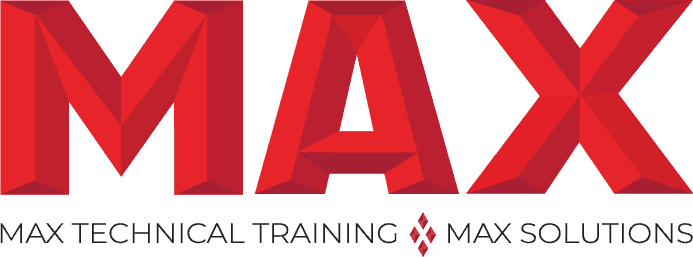
Maxtrain.com - info@maxtrain.com - 513-322-8888 - 866-595-6863
Registered Scrum at Scale Practitioner
Alert MeDescription
Registered Scrum at Scale Practitioner Introduction
Welcome to the Registered Scrum at Scale Practitioner (RS@SP) course, designed to equip you with the knowledge and skills needed to effectively scale Scrum in complex environments. This course is tailored for professionals seeking to extend Scrum principles beyond single teams, encompassing larger teams and entire organizations. Throughout this training, you’ll dive into addressing intricate challenges using the Scrum framework, not just at the team level but also in scenarios where multiple teams must collaborate seamlessly.
At the heart of this course are the Product Owner Cycle and Scrum Master Cycle, foundational frameworks essential for Scrum at Scale. These cycles provide guidance on both strategic planning and day-to-day operations, facilitating the alignment of team objectives to deliver high-quality products efficiently. Moreover, the course emphasizes cultivating an Agile culture and implementing best practices, empowering you to foster a dynamic, responsive, and ultimately successful organizational environment.
Registered Scrum at Scale Practitioner Course Overview
- Scrum@Scale Overview: Dive into the basics of the framework, understanding its cultural implications and practical applications.
- Scaling Teams: Learn the fundamentals of expanding Scrum practices and teams effectively.
- Scrum Patterns: Discover key patterns and practices that drive high-performing teams.
- Scrum Master Cycle: Explore the roles and activities essential for effective coordination.
- Product Owner Cycle: Gain insights into Agile Product Management strategies and techniques.
Prerequisites
- This course does not require prerequisites, making it accessible to anyone interested in scaling Scrum within their organization.
Target Audience
- Product Owners, Product Managers, and Business Analysts: Professionals directly involved in product development and management.
- Scrum Masters and Agile Coaches: Individuals who facilitate Scrum practices and guide teams in Agile environments.
- Company Leaders: Executives and managers seeking to drive Agile transformation and adopt best Agile practices within their organizations.
Registered Scrum at Scale Practitioner Outline
Scrum@Scale Overview:
- Introduction to the Scrum@Scale Framework, including its purpose and when it’s best used.
- Exploring the importance of a values-driven culture in Scrum@Scale and the challenges in creating it.
Scaling Teams via Scrum@Scale:
- Understanding the Scrum Team as the foundational building-block of Scrum@Scale.
- Exploring the Scrum of Scrums (SoS) and the role of the team-of-teams in self-managing value delivery.
- Introduction to the Scaled Daily Scrum and its role in managing dependencies and sharing insights.
Scrum Patterns:
- Examining patterns of high-performing teams, including the Interrupt Buffer, Swarming, Happiness Metric, and more.
- How these patterns can be used to scale Scrum effectively and implement Agile Practices.
The Scrum Master Cycle:
- Understanding the activities that coordinate the “how” in a Scrum@Scale environment.
- Introduction to the Scrum of Scrums Master (SoSM) role and the Executive Action Team (EAT) in Scrum@Scale.
- The role of continuous improvement when scaling Agile and addressing impediments.
The Product Owner Cycle:
- Exploring the Product Owner Team, Executive MetaScrum, and the relationship between strategic vision and product goals.
- Measuring progress toward strategic vision and product goals.
- Prioritization’s impact on business value and strategic vision.
Connecting the Cycles:
- Emphasizing the importance of obtaining feedback from various sources, including stakeholders, customers, and Scrum team members.
- Discussing the concept of MVP and pivot in obtaining feedback.
- Applying feedback to both product and delivery processes and measuring progress through different lenses.
|
$1395.00
|
2 Days Course |




